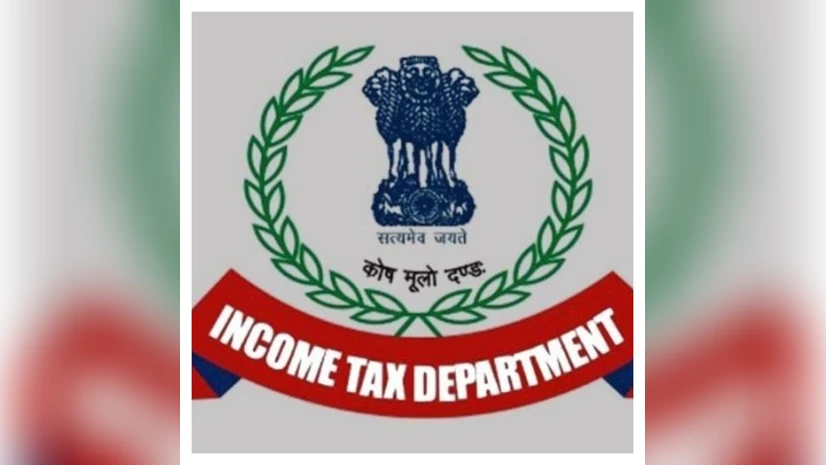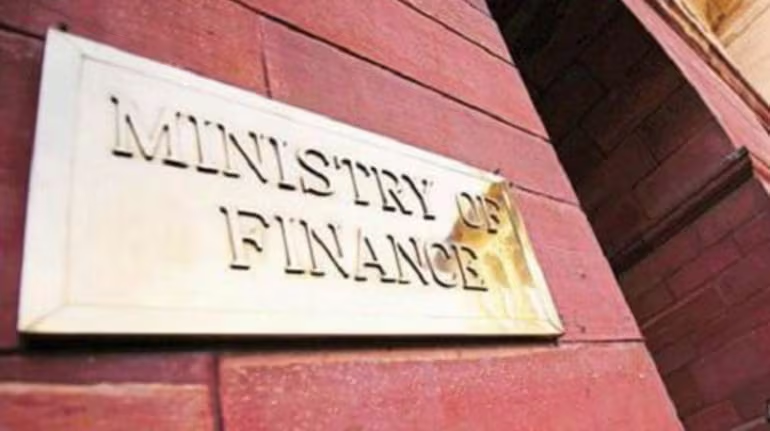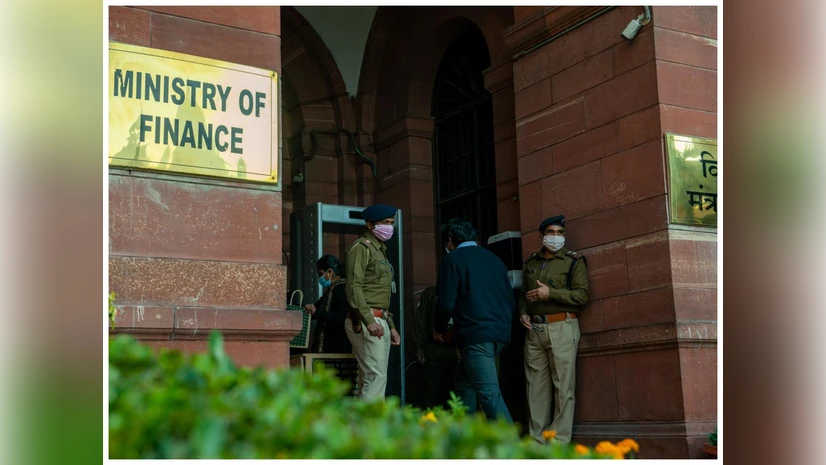Home » Finance » An Exclusive Interivew with Bhavesh Jain, MD & CEO, TransUnion CIBIL on Finance for MSME Sector
Share

- What trends are you seeing in MSME credit growth and asset quality this year?
Insights from the latest TransUnion CIBIL – SIDBI MSME Pulse Report highlight a very encouraging outlook for the MSME sector, both in terms of credit growth and asset quality. The data shows that MSMEs continue to demonstrate resilience and growing financial maturity.As of March 2025, commercial credit exposure to MSMEs rose by 13% year-on-year, reaching ₹35.2 lakh crore. While there was a mild moderation in credit supply during the most recent quarter, this appears to be a measured recalibration by lenders, reflecting broader market adjustments rather than a sign of distress.On the demand side, credit enquiries grew by 11%, showing that MSMEs remain active and optimistic about borrowing. Notably, 47% of new originations are from New-to-Credit borrowers, indicating a healthy expansion of financial inclusion and lender confidence in onboarding new businesses.Even more promising is the improvement in credit performance. The overall serious delinquency rate (90 to 720 days past due) has declined to 1.8%—the lowest level in five years. Larger MSMEs, particularly those with aggregate credit exposures between ₹50 lakh and ₹50 crore, have been key drivers of this improvement. While smaller borrowers continue to adapt to changing market conditions, the overall trend reflects a strengthening credit culture across the sector. - India’s MSME sector continues to power employment and innovation across the country. How is TransUnion CIBIL evolving its offerings to support the long-term credit health and growth of small businesses?
MSMEs are truly at the heart of India’s economy. Beyond their contribution to GDP, they play a huge role in generating jobs, driving local development, and encouraging entrepreneurship across the country. At TransUnion CIBIL, we’ve always seen ourselves as partners in their journey and are committed to helping them grow stronger and more resilient.We’re seeing strong momentum in the sector. As mentioned in our latest MSME Pulse Report, manufacturing and trade sector continues to be dominant in share commercial loans disbursed to entities, shares of other sectors have gradually increased, reflecting growth in newer and smaller borrower segments.To that end, we are continuously expanding our offerings tailored specifically for MSMEs. This includes initiatives to improve credit literacy, such as simplified access to commercial credit reports, dispute resolution tools, and educational resources that help small businesses understand and manage their credit profiles proactively.We also work closely with financial institutions to support responsible MSME lending by providing data-driven insights into emerging risk trends, sectoral stress indicators, and borrower behavior patterns. One such solution is the CreditVision CIBIL Commercial Rank (CV CMR), which provides a more nuanced assessment of MSME borrowers by analyzing their credit behavior over time. While it’s just one part of our broader efforts, CV CMR helps lenders make informed decisions that balance growth with risk management.Our aim is to help build a credit environment that supports small businesses not just in accessing credit, but in using it wisely to grow and thrive over the long term. - With initiatives like PMMY and CGTMSE accelerating formal credit adoption, how does CV CMR ensure MSMEs are not just included, but responsibly financed?
Government-led programs like PMMY, CGTMSE, and Udyam Assist have been instrumental in formalizing India’s credit landscape. However, financial inclusion must be balanced with risk prudence, especially when credit is being extended at scale.CV CMR (CreditVision® CIBIL Commercial Rank) is designed to support this balance. By ranking borrowers using behavioral credit data, it ensures that even those with limited history are evaluated based on real, observed financial discipline. The result is a robust, rank-based system that allows lenders to widen their outreach, including Tier 2 and Tier 3 markets, without diluting underwriting standards. In essence, CV CMR helps democratize credit while safeguarding lender portfolios. - As India’s commercial credit market becomes more digital, more competitive, and more data driven, what role do you see CV CMR playing in the next few years?
CV CMR is well positioned to play a key role in how credit is assessed and delivered in the evolving commercial lending landscape. As highlighted in the latest TransUnion CIBIL – SIDBI MSME Pulse report, commercial credit demand grew by 11 percent year on year in the January to March 2025 quarter, showing strong confidence among MSMEs to borrow and grow.In this context, lenders need to move quickly, but with confidence. CV CMR helps them do exactly that. It takes a 36-month view of a borrower’s credit behavior, factors in the nature of the product and size of the business and converts all of that into a simple rank that can be used in real time. Whether it’s a traditional bank, an NBFC, or a fintech platform, lenders can make faster and more informed decisions without compromising on risk assessment.As the lending ecosystem becomes more connected, the usage of CV CMR will become wider and prevalent. The goal is to support credit access that is not just quick, but fair and inclusive. A small business in a remote town should have the same opportunity to access credit as one in a metro city, and smaller lenders should be equipped to compete with the same level of precision as the largest institutions. - CV CMR expands the rank-eligible borrower base by 12%. What changes were introduced to the input criteria, and how did the model maintain sharp risk differentiation while broadening access?
Expanding the rankable universe by 12 percent is a big step toward making credit assessment more inclusive. To make this possible, we fine-tuned the input filters using our CreditVision algorithms, making sure we were still capturing meaningful behavioral patterns. One of the key enhancements was extending the observation window to 36 months. This allowed us to build richer, more complete borrower profiles—even for those with shorter or less active credit histories.
Despite this broader inclusion, the model continues to demonstrate strong risk separation, with bad rates ranging from just 0.8% at CMR-1 to over 97% at CMR-10. This level of granularity enables lenders to confidently differentiate between low-risk and high-risk profiles, even within an expanded borrower base. - How has extending the observation window from 24 to 36 months helped improve risk assessment for MSME borrowers, especially in detecting early signs of financial stress?
For MSMEs, financial patterns can vary quite a bit depending on seasonality (including Covid), market cycles, or even local factors. Extending the observation window to 36 months has allowed us to get a comprehensive and more reliable picture of how these businesses manage credit over time.
An appropriate evaluation of 36 months credit performance enables model to differentiate between one-off unfavourable credit event due to business seasonality and a recurring pattern of missed payments. Further, this provides a clear distinction between a temporary hiccup and a more consistent pattern of risk.
This added depth is especially useful for small businesses subject to seasonality and delayed receivables. This approach enables the model to evaluate borrower profiles more objectively and consistently, minimizing the likelihood of overreacting to temporary short-term disruptions. Ultimately, it means lenders get a more reliable view of a borrower’s credit behaviour, which leads to better, more confident lending decisions.
« Canada raises proof of funds requirement for foreigners applying for permanent residencyHow Entrepreneurs are Reimagining India’s Economy »
Related Posts
SEARCH SMECONNECT-DESK
RECENT POST
- After labour codes rollout, Centre to double down on job-intensive sectors in FY-27 budget
- SME FINANCE SUMMIT
- Exploring Better Economic and Diplomatic Relations Between INDIA AND CHINA
- SME MANUFACTURERS AND EXPORTERS SUMMIT – NASHIK
- Government to meet venture capitalists today to fast-track FDI and FII inflows









